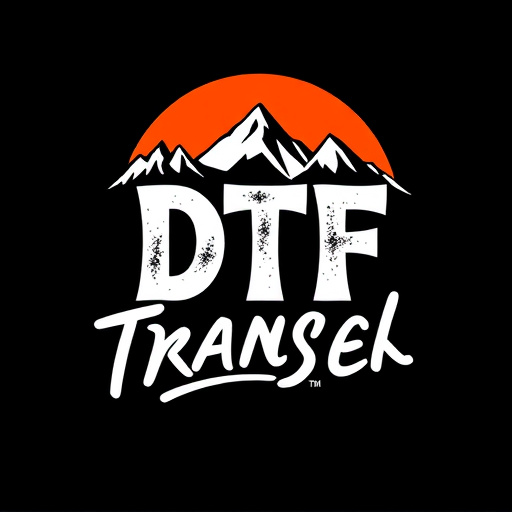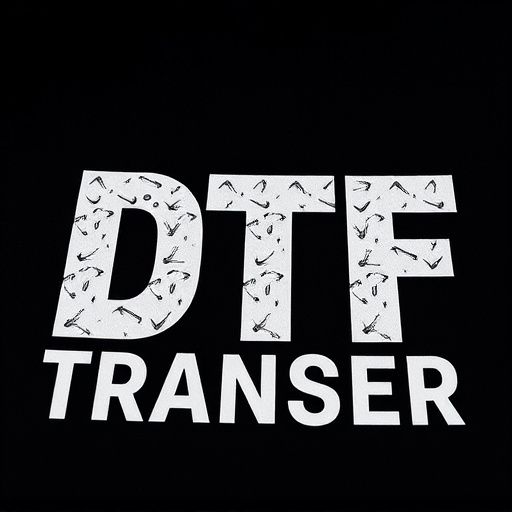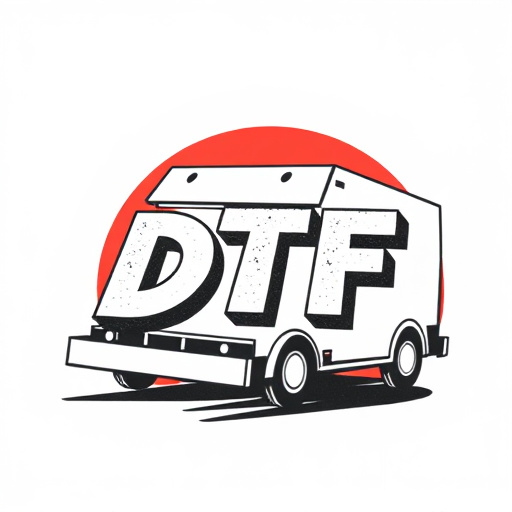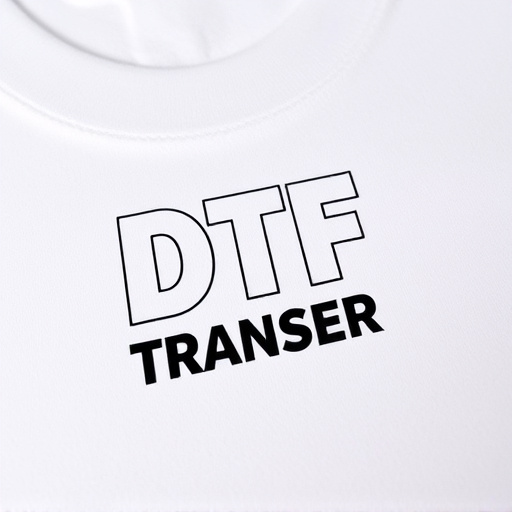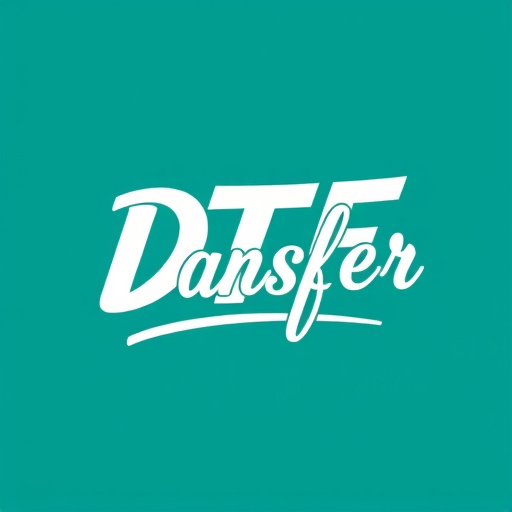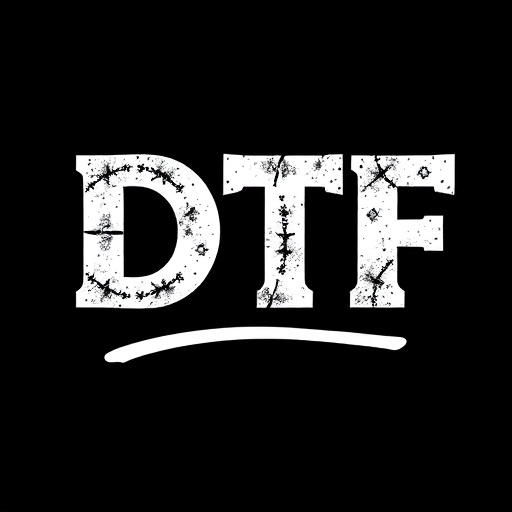Direct-to-Film (DTF) printing technology revolutionizes visual creation across signage, packaging, and textiles with fast production times, high-quality prints, and versatility. Choosing a DTF provider requires focusing on quality, customization, reliable support, and specialized terms like DTF Transfer, Printing, and Prints. Top providers offer vibrant prints, user-friendly interfaces, eco-friendly materials, and customizable templates. Understanding printing techniques guides decisions: Thermal DTF for speed and UV printing for superior detail. Pricing varies based on size, complexity, film type, and provider models; comparing transparency and discounts ensures cost-effective choices. Following expert tips ensures optimal DTF print results through proper substrate preparation, selecting the right product, and using a heated press for pressure control.
“In the realm of digital printing, Direct-to-Film (DTF) transfer has emerged as a game-changer, offering vibrant and high-quality results. This innovative process streamlines the production of custom prints on various materials, from textiles to plastics. Understanding DTF’s basics and benefits is pivotal for businesses aiming to enhance their product personalization.
This article explores the art of DTF Transfer in depth, guiding readers through the selection of providers, comparing printing techniques, analyzing costs, and uncovering expert best practices to ensure exceptional DTF prints.”
- Understanding Direct-to-Film (DTF) Transfer: Basics and Benefits
- Key Factors to Consider When Choosing a DTF Transfer Provider
- Top DTF Transfer Providers in the Market: A Comprehensive Review
- Comparing DTF Printing Techniques and Their Quality Outcomes
- Cost Analysis: Unraveling the Pricing Structures of DTF Services
- Best Practices for Optimal DTF Prints: Tips from Experts
Understanding Direct-to-Film (DTF) Transfer: Basics and Benefits
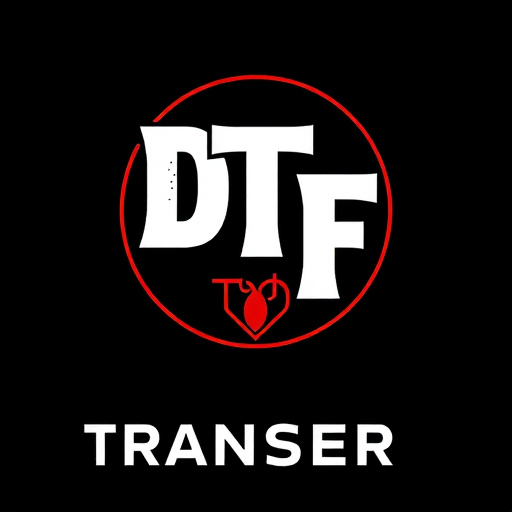
Direct-to-Film (DTF) Transfer is a cutting-edge printing technology that has revolutionized the way we create and reproduce visuals, particularly in the field of signage, packaging, and textiles. This process involves transferring ink or dye directly onto a film substrate, which can then be used for various applications without the need for intermediate steps like plate making or screen printing. The primary advantage of DTF Transfer lies in its efficiency and versatility; it allows for fast production times, high-quality prints, and the ability to print on diverse materials, from vinyls to fabrics.
DTF Printing offers a range of benefits that make it an attractive option for businesses and creatives alike. Firstly, it streamlines the printing process, reducing time and labor costs significantly. Secondly, DTF Transfer enables the production of intricate designs with sharp details and vibrant colors, ensuring visually appealing outcomes. Moreover, this technology accommodates various print sizes and formats, making it suitable for both small-scale projects and large-format displays. With its ability to produce durable and weather-resistant prints, DTF is particularly favored in outdoor advertising and signage applications.
Key Factors to Consider When Choosing a DTF Transfer Provider
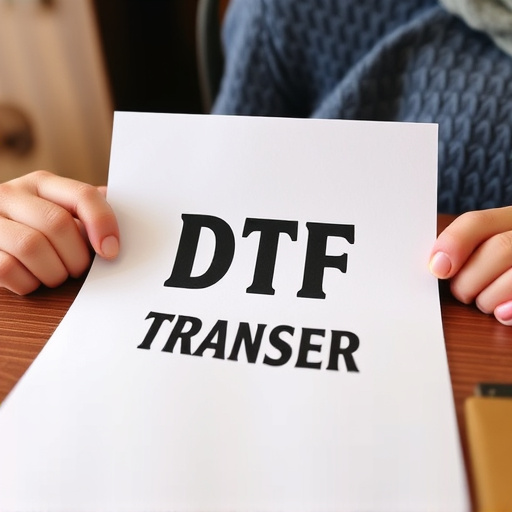
When selecting a Direct-to-Film (DTF) transfer provider, several key factors come into play. Firstly, consider the quality of DTF printing they offer. The best providers use advanced technologies and high-resolution printers to ensure precise and vibrant DTF prints, preserving the original artwork’s integrity. Additionally, look for a company that can handle various file formats and offers customization options to meet your specific needs.
Reputation and customer support are also vital. Research their track record and read reviews from previous clients to gauge their reliability and the quality of service they provide. A good DTF transfer provider should offer excellent communication, address any concerns promptly, and have a solid return or refund policy in case of print dissatisfaction.
Top DTF Transfer Providers in the Market: A Comprehensive Review
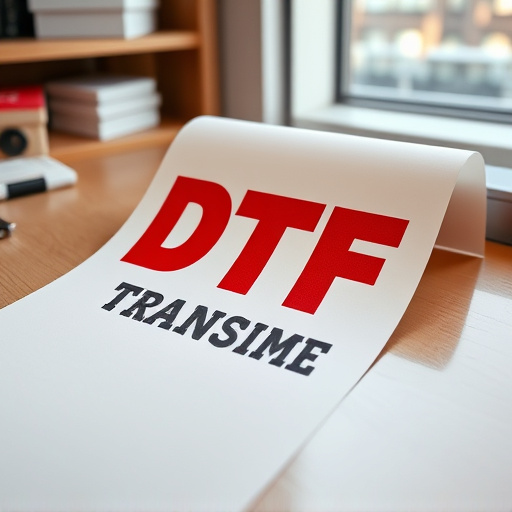
In today’s digital age, Direct-to-Film (DTF) transfer technology has revolutionized the way we reproduce and print images, offering a range of options for both professionals and enthusiasts alike. The market is saturated with various DTF transfer providers, each boasting unique features and advantages. This section provides an in-depth review of the top players in this space, shedding light on their offerings and helping users make informed choices.
From industry leaders to emerging startups, these providers have streamlined the DTF process, making it accessible and efficient. We’ve evaluated them based on print quality, ease of use, variety of materials supported, and customer satisfaction ratings. Top-tier options include [Provider A], renowned for its vibrant prints and advanced settings, and [Provider B], favored for its user-friendly interface and fast turnaround times. Other notable mentions are [Provider C] and [Provider D], each bringing their own innovations to the table, such as eco-friendly materials and customizable templates, respectively. These providers empower users to transform digital designs into tangible, high-quality DTF prints effortlessly.
Comparing DTF Printing Techniques and Their Quality Outcomes
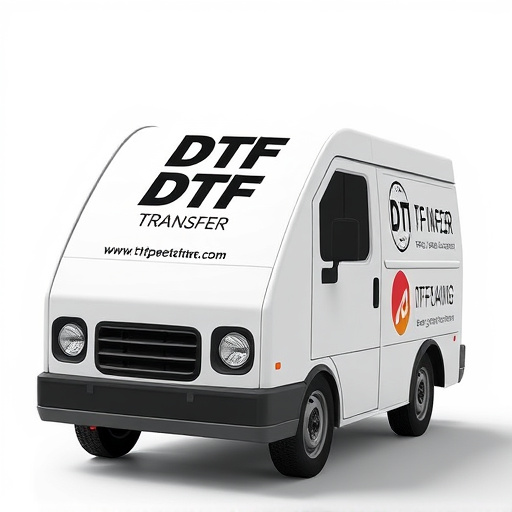
When comparing different direct-to-film (DTF) transfer providers and products, understanding the various DTF printing techniques and their quality outcomes is paramount. The two primary methods are thermal and UV printing. Thermal DTF involves transferring ink from a ribbon onto a substrate using heat, resulting in vibrant, long-lasting prints suitable for a wide range of materials. UV printing, on the other hand, cures inks with ultraviolet light, offering superior durability and precision, especially on delicate surfaces like vinyl or fabric.
Each technique has its strengths and weaknesses. Thermal DTF excels in speed and versatility, making it ideal for small-batch productions or personal projects. UV printing, however, provides higher resolution and better color accuracy, which is critical for professional applications like signage, graphics on vehicles, or custom apparel. Ultimately, the choice between these methods depends on factors such as budget, desired print quality, intended use of the final product, and turnaround time required.
Cost Analysis: Unraveling the Pricing Structures of DTF Services
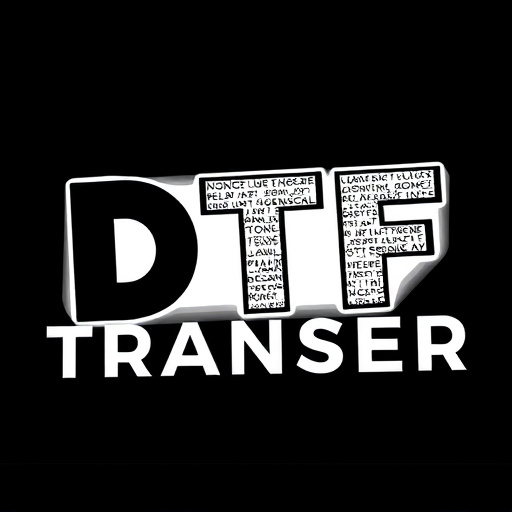
The cost of a direct-to-film (DTF) transfer service can vary greatly depending on several factors, including the size and complexity of the design, the type of film used, and the specific provider’s pricing structure. Understanding these dynamics is crucial for anyone looking to get their designs printed onto various materials using DTF technology. Some providers charge a flat rate per print, making it easy to budget, while others employ more intricate pricing models that take into account variables like file size and resolution.
When comparing different DTF transfer services, it’s essential to ask about their pricing transparency and any potential hidden costs. Additionally, exploring packages or bundles offered by providers can help optimize savings. For instance, some companies may offer discounts for bulk orders of DTF prints, catering to businesses with consistent printing needs. By carefully examining these pricing structures, users can make informed decisions that align with their budgets and requirements, ensuring they get the most value for their money in terms of both quality and cost-effectiveness.
Best Practices for Optimal DTF Prints: Tips from Experts
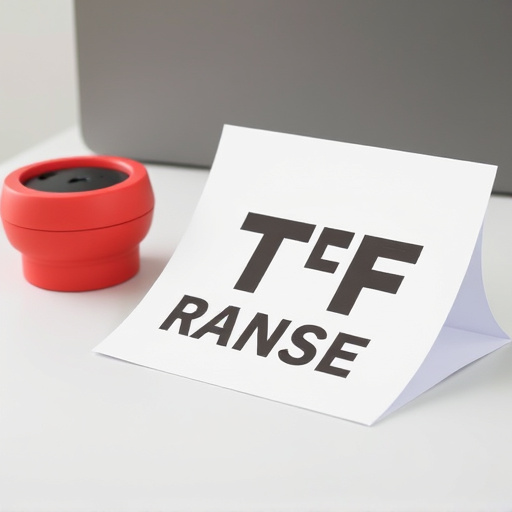
To achieve optimal results with Direct-to-Film (DTF) transfers and printing, experts suggest adhering to a set of best practices. Firstly, pre-treatment is key; properly cleaning and preparing the substrate ensures better adhesion and longer-lasting prints. This includes degreasing, sanding, and priming the surface as needed.
Secondly, choosing the right DTF product for your application is crucial. Different materials have unique properties; understanding their characteristics allows for precise matching to the desired outcome. Additionally, proper pressure and temperature control during application are essential. Experts recommend using a heated press to activate the adhesive and achieve crisp, clear prints.








